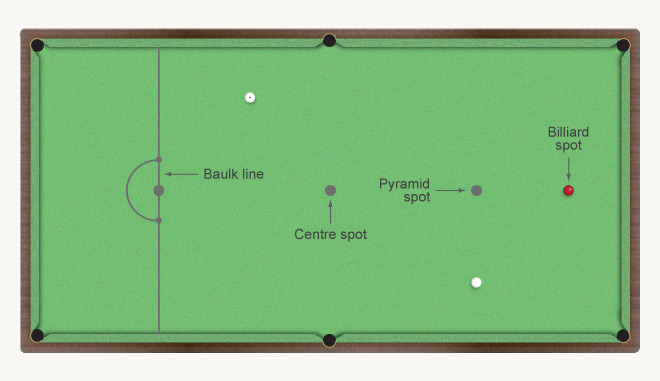
This diagram shows the layout of a billiard table. Billiard tables come in a range of sizes, but they are always approximately half as wide as they are long. In the 19th and early 20th centuries, when billiards was at the height of its popularity, the game was generally played on full-size tables, measuring 12 feet by 6 feet (3.66 metres by 1.83 metres). The space between the baulk line and the nearest end cushion (the bottom cushion) is referred to as 'the baulk'. Particular rules apply when striking a ball located 'in baulk'. Players must begin each of their turns, or 'breaks', with their cue ball placed within the 'D'. At the start of the game, or after being pocketed, the red ball is placed on the 'billiard spot'. The billiard spot is also referred to simply as 'the spot'.
Using this item
Te Ara - The Encyclopedia of New Zealand

This item is licensed under a Creative Commons Attribution-NonCommercial 3.0 New Zealand Licence






Add new comment